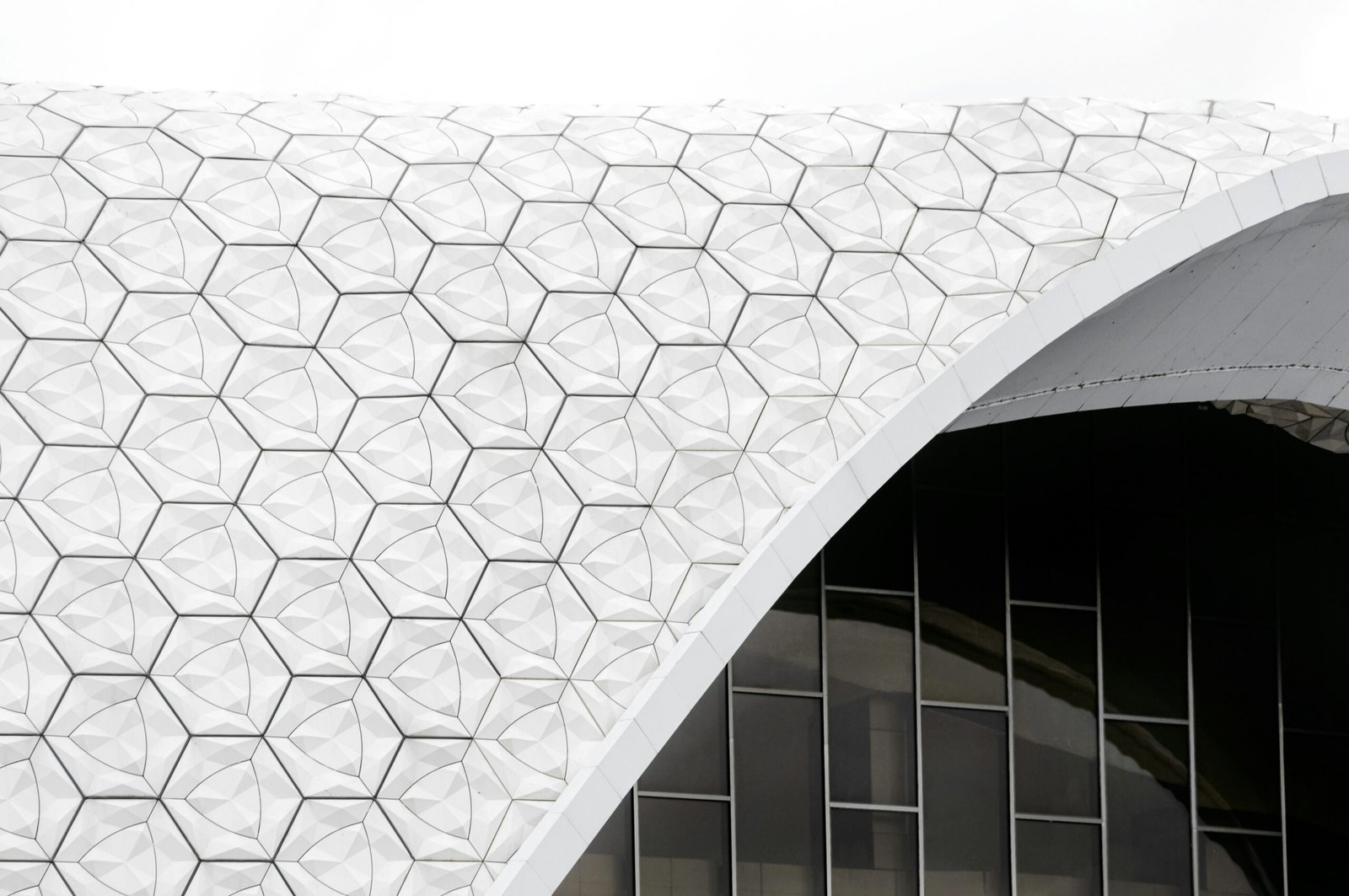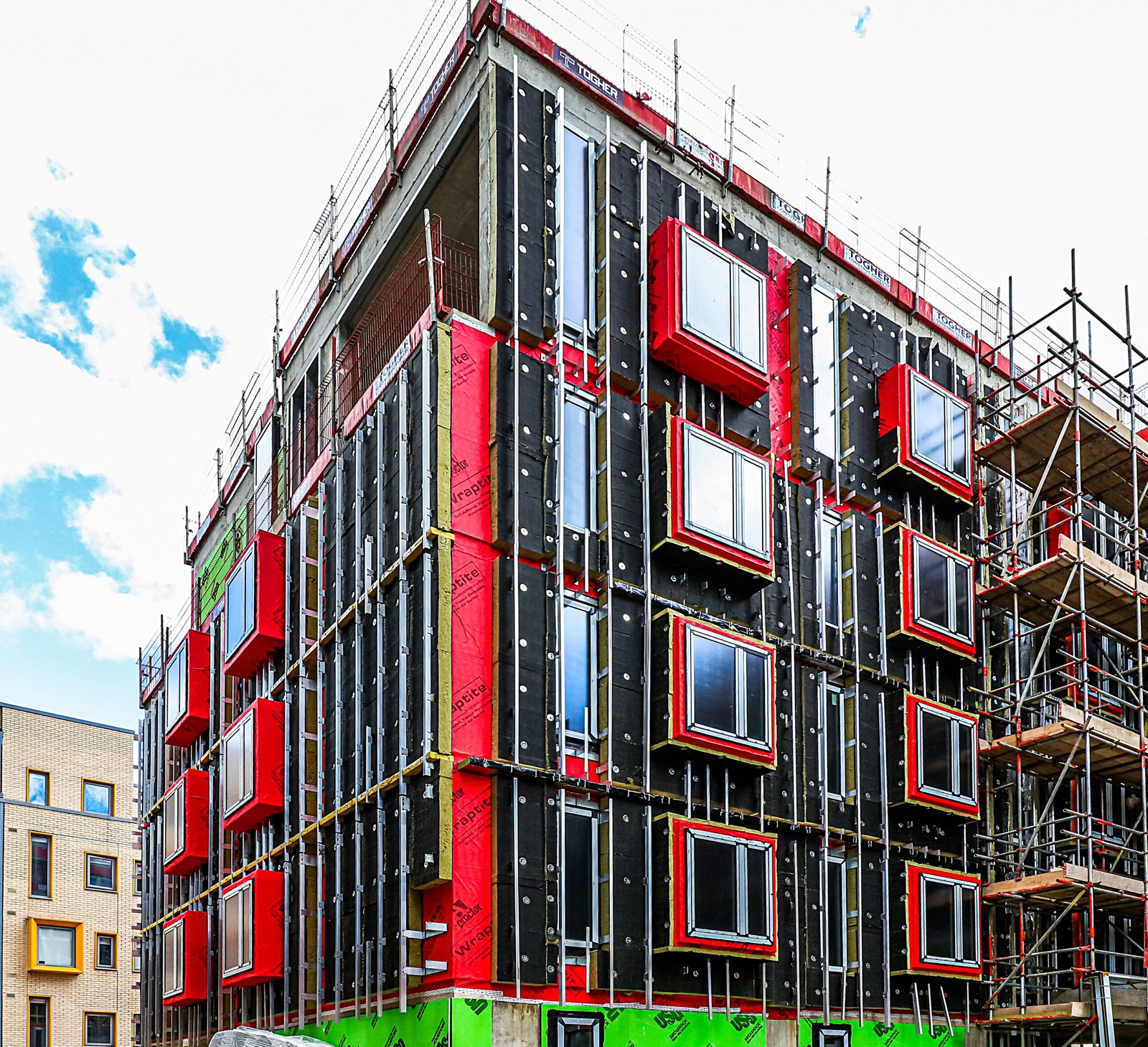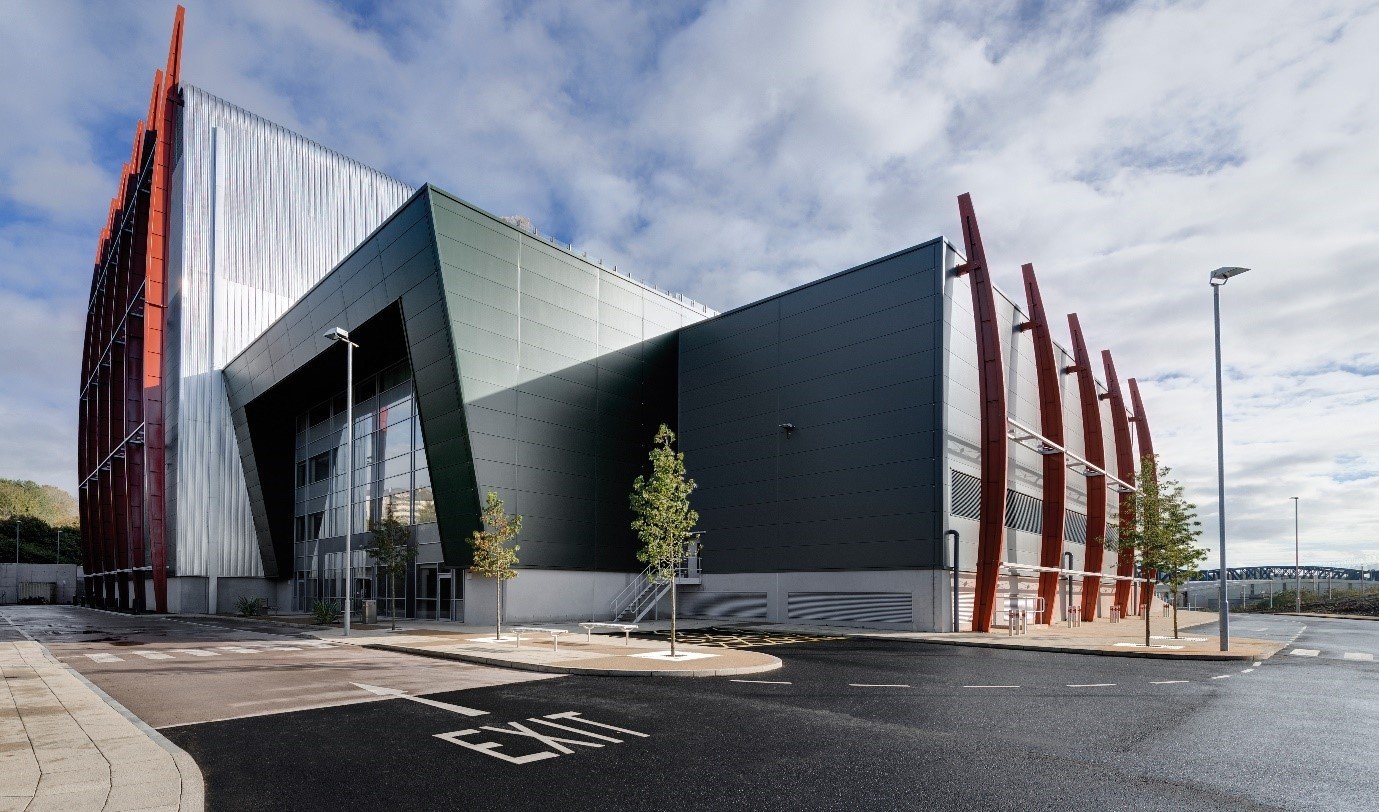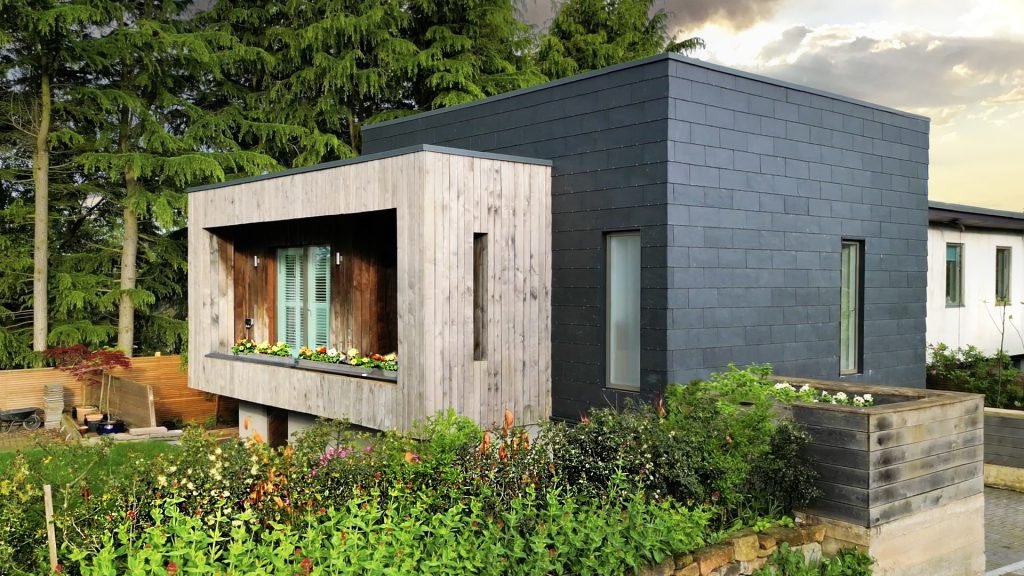Case Study 1: The Eco-Friendly Office Complex
This project stands as a testament to sustainability, utilising recycled aluminium panels in its rainscreen cladding system. The choice of material significantly reduced the building’s carbon footprint, aligning with the project’s green building certification goals. The cladding’s innovative design also contributed to thermal efficiency, reducing energy consumption for heating and cooling. This case study demonstrates the successful integration of eco-friendly materials into rainscreen cladding, achieving both aesthetic and environmental objectives.
Case Study 2: The Cultural Landmark
In this project, terracotta rainscreen cladding was used to create a visually striking façade that blends seamlessly with the building’s urban environment. The material was chosen for its durability, natural beauty, and ability to age gracefully. The design incorporated intricate patterns and textures, showcasing the versatility of terracotta as a cladding material. This case study highlights how rainscreen cladding can be used to enhance the cultural significance and aesthetic value of a building.
Case Study 3: The High-Rise Residential Tower
Faced with strict fire safety regulations, this high-rise project utilised non-combustible fibre cement panels for its rainscreen cladding system. The material’s fire-resistant properties ensured compliance with building codes while contributing to the overall safety of the building’s occupants. The project also featured innovative design elements that maximise natural light and ventilation, demonstrating the role of rainscreen cladding in creating safer, more comfortable living spaces.
Case Study 4: The Sustainable School
This educational facility incorporated wood rainscreen cladding from sustainably managed forests, emphasising the project’s commitment to environmental stewardship. The natural material contributed to a warm, inviting aesthetic, enhancing the learning environment for students. The cladding system also played a crucial role in the building’s energy efficiency, with careful detailing minimising thermal bridging and enhancing insulation. This case study showcases the potential of sustainable material choices in rainscreen cladding to positively impact both the environment and user experience.
Case Study 5: The Retrofit Project
Demonstrating the adaptability of rainscreen cladding, this retrofit project involved the installation of a new cladding system over an existing building façade to improve its thermal performance and modernise its appearance. The use of lightweight composite panels enabled a quick and efficient installation process without the need for structural modifications. This case study illustrates the benefits of rainscreen cladding in retrofit applications, offering a cost-effective solution for enhancing building performance and aesthetics.
Conclusion: Lessons from the Field
These case studies illustrate the diverse applications and benefits of rainscreen cladding in modern construction. From achieving sustainability goals to navigating fire safety regulations, the projects highlighted in this series demonstrate the versatility and potential of rainscreen cladding systems. As the construction industry continues to evolve, the lessons learned from these successes will undoubtedly inspire future projects, driving innovation and excellence in architectural design.







